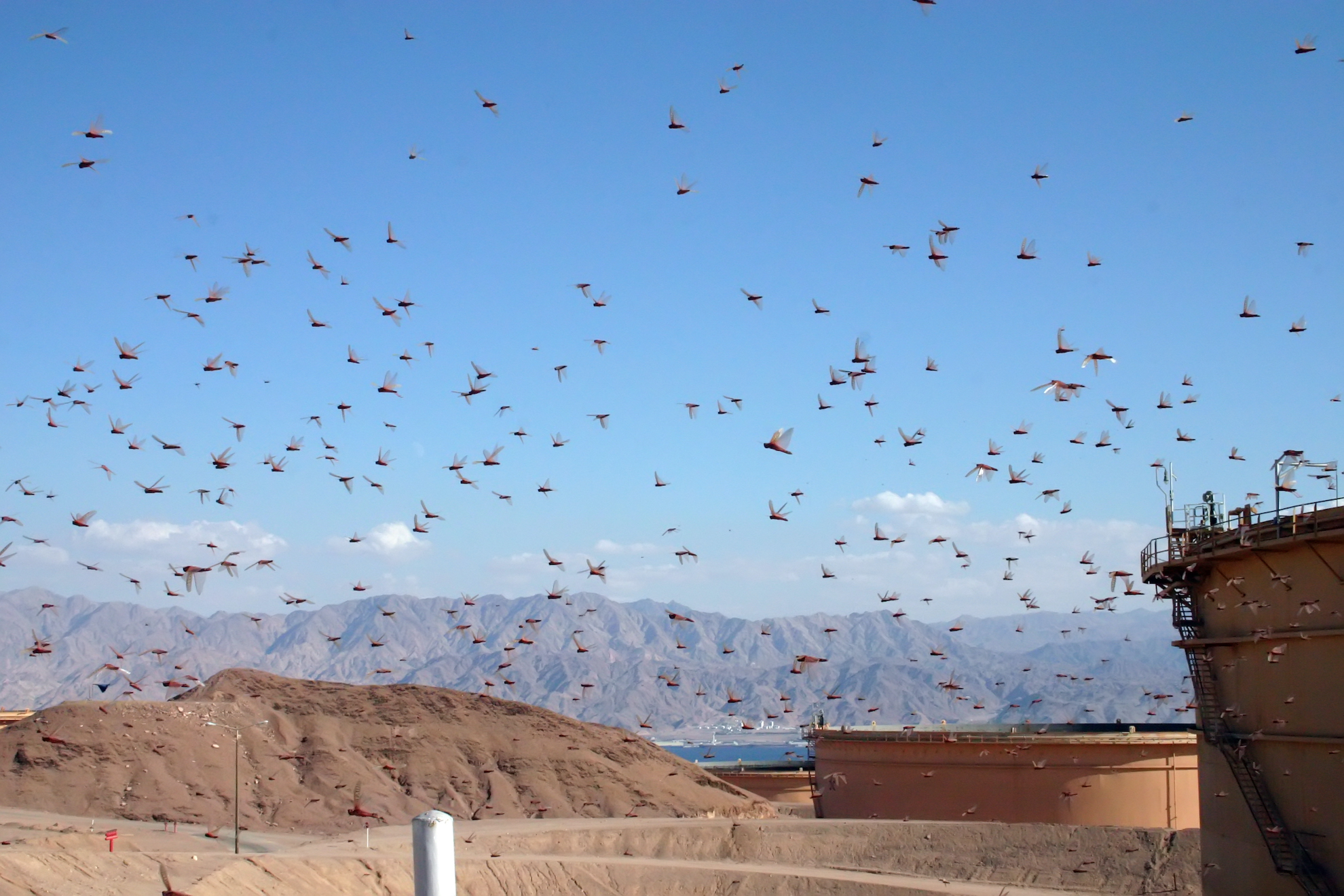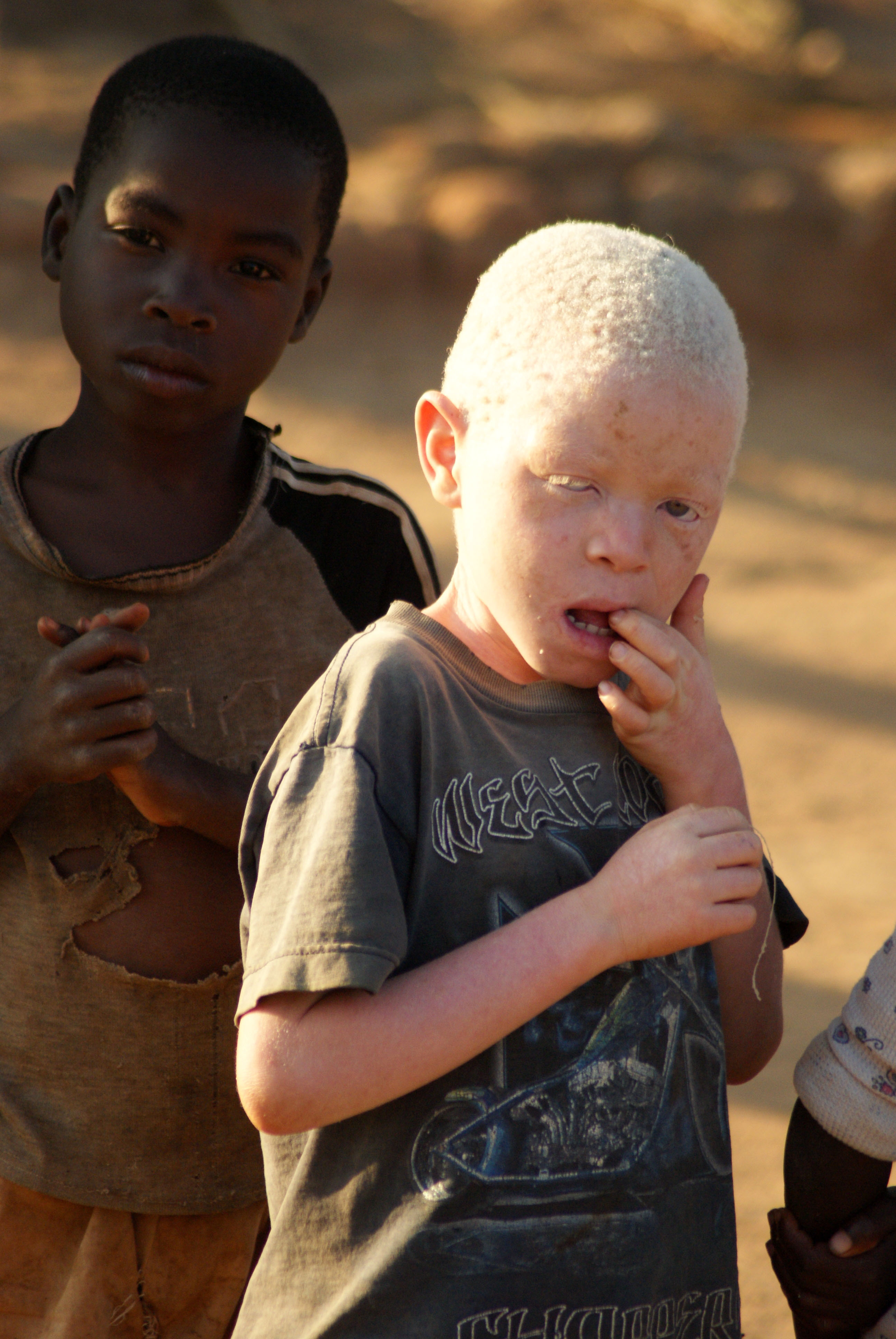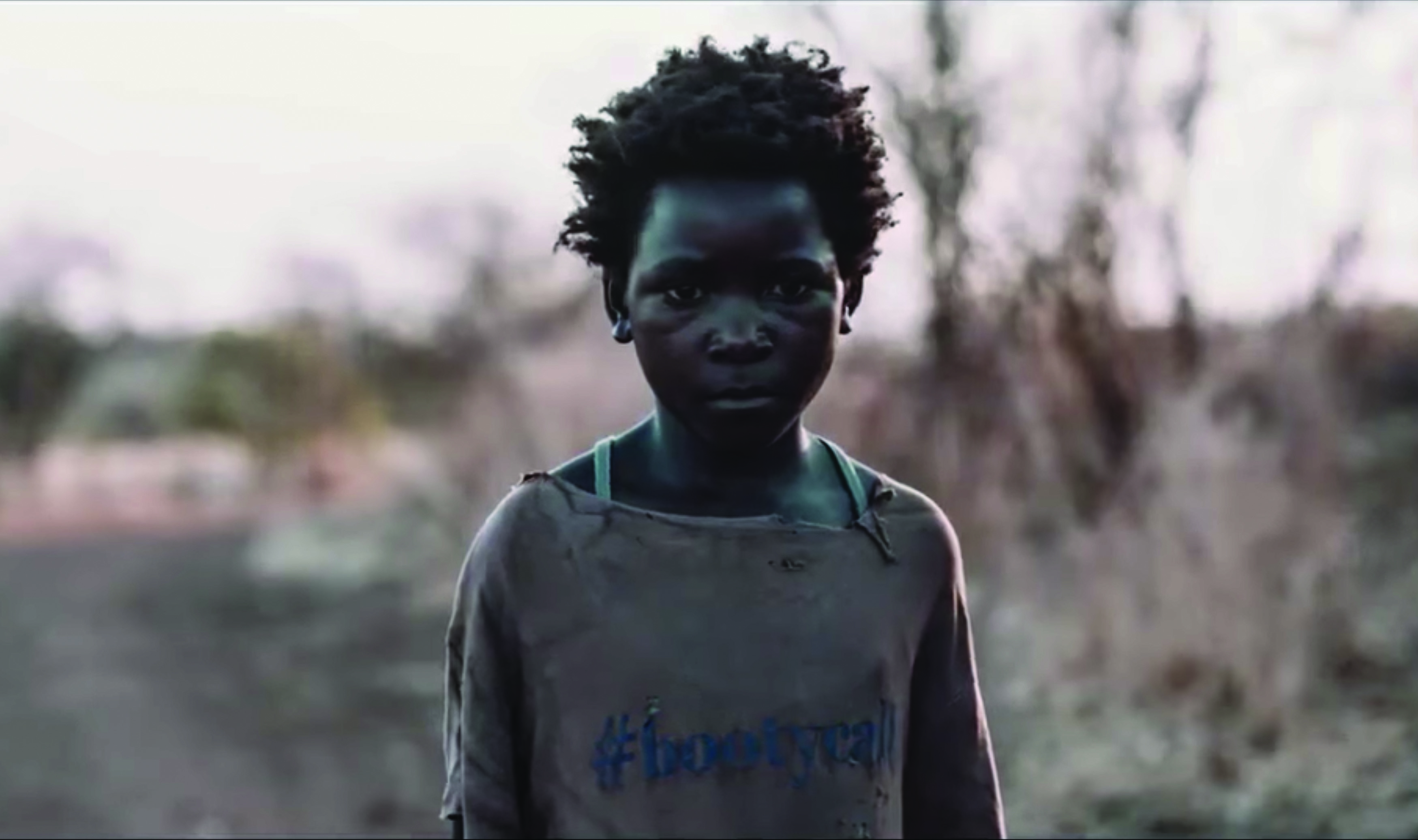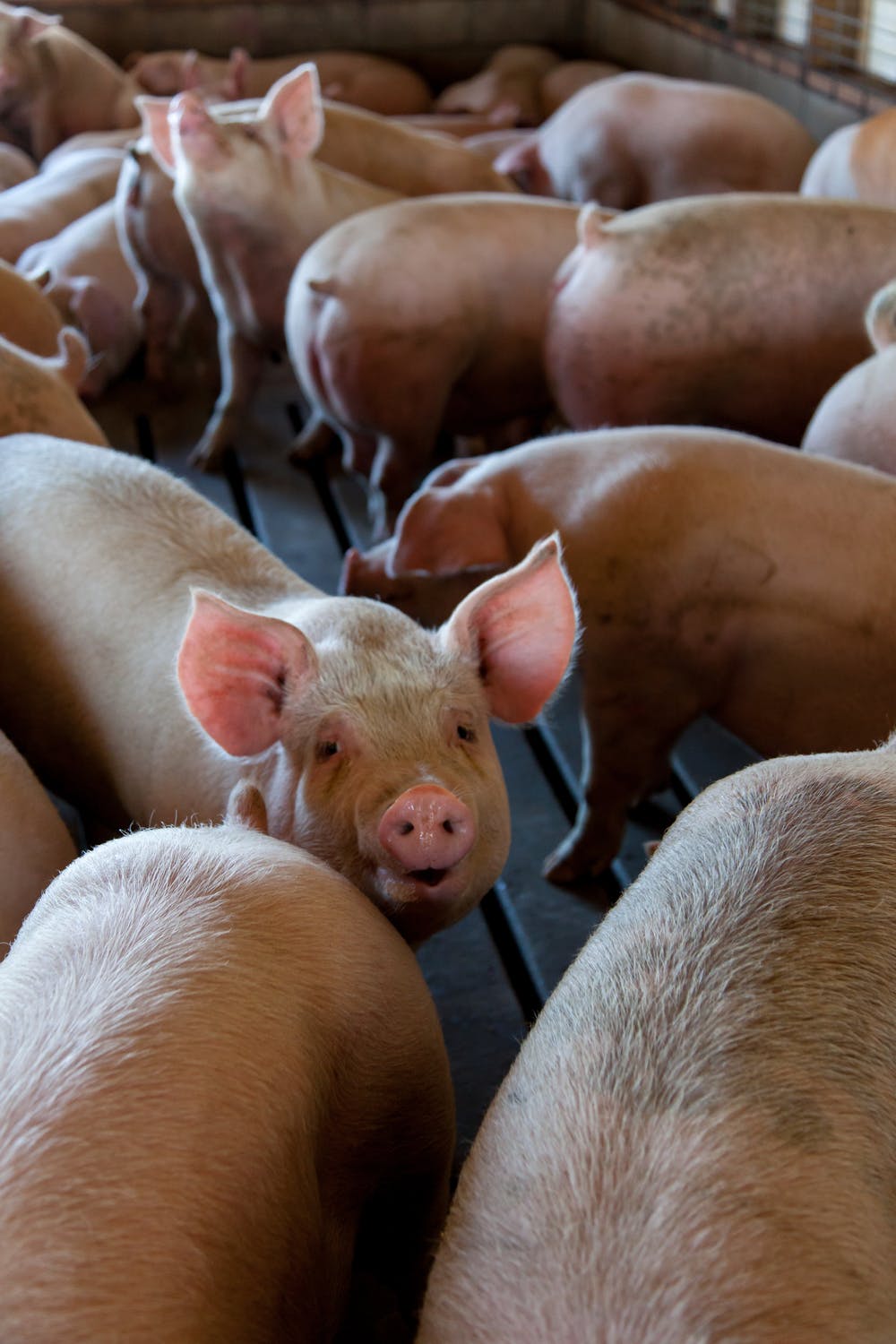Desert locust swarms in East Africa have continued as flight delays caused by coronavirus restrictions prevent necessary deliveries of pesticides, which the United Nations Food and Agriculture Organization has called “an unprecedented threat.”
Due to unusual weather patterns in recent years, fields have attracted high locust numbers in countries eastward of Yemen, and the numbers are growing. Scientists estimate cyclones in the Indian Ocean in 2018 brought storms, and with them, warm air, creating the perfect environment for locusts’ breeding grounds.
“This is not the first time that East Africa has seen locust upsurges approach this scale,” stated Keith Cressman, senior locust forecaster at the U.N. FAO, to the Los Angeles Times. “But the size of the current situation is unprecedented in recent memory.”
“None of the affected countries in East Africa are usual frontline areas for locust infestations, so they had none of the available systems and tools in place,” Cressman stated. “We’re now speeding to make easy-to-use versions of those tools for countries like Kenya, South Sudan and Somalia—tools that can be used by field officers regardless of whether they’ve been trained in locust control or not.”
The FAO website states the areas most affected are Kenya, southern Ethiopia and Somalia. However, there is fear the swarms could spread to Uganda, South Sudan and the rest of Ethiopia.
The swarms are the worst Africa has seen in 25 years, according to CNN.
“This current invasion of desert locust is significantly larger in magnitude and scale than previously experienced in Kenya and across East Africa,” said Dr. Stephen Njoka, director general of desert locust control organization, to CNN.
In Jan. 2020, locust swarms damaged 100% of staple crops in Somalia, according to the Food and Agriculture Organization of the United States. 30% of pastureland was lost in Kenya, and crops were destroyed in South Sudan. Somalia has already declared a national emergency over locust swarms, but has been occupied with a civil war for nearly three decades.
With the COVID-19 pandemic, international borders have been on strict lockdown since the outbreak, which has reduced cargo flights and production of supplies in Europe and Asia.
Reuters reported in Nairobi, Africa, Africans will struggle to produce and maintain agriculture with delayed deliveries.
“If we fail in the current [regional] control operations, because of lack of pesticides, then we could see 4 million more people struggle to feed their families,” Cyril Ferrand of the FAO said to Reuters.
From 2019’s invasion, the swarm has given birth to a second wave, targeting the season’s new crops. At the current rate, pesticide stocks will run out and there will be no hope in controlling swarms and saving crops.
“If we don’t have pesticides, our planes cannot fly and people cannot spray, and if we are not able to control these swarms, we will have big damage to crops,” Ferrand said.
In addition to crops, locust swarms will affect animal agriculture, another crucial source of income and food for families.
In just one day, a swarm is capable of consuming enough food to feed 35,000 people. These swarms stretch over 30 miles, which is equivalent to 250 football fields or 150 million locusts.
The New Humanitarian projected this new generation of locusts will be a “20-fold increase on their parents’ numbers,” potentially a 500% multiplication.
Aerial spraying is the only effective way to control a locust outbreak, and has been done since the 1960s in Uganda. Helicopters that typically surveil locust swarms have been immobilized due to COVID-19, and some counties already lacked the resources to carry out large enough operations.
The FAO secured $111 million in funding towards fighting the swarm, but is $40 million short. The FAO plans to introduce drone and satellite surveillance in Kenya as part of a new plan to help monitor and predict the location of the swarms, while abiding by COVID-19 restrictions.






